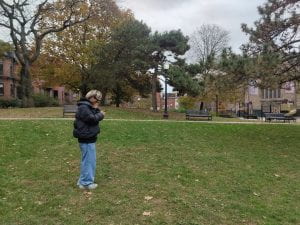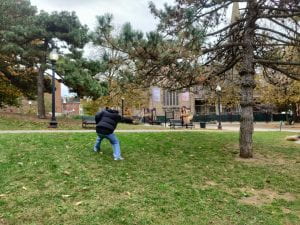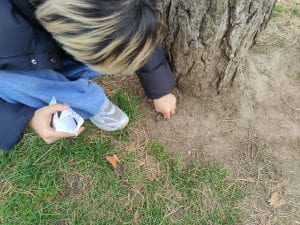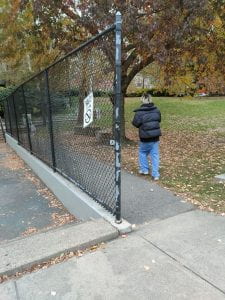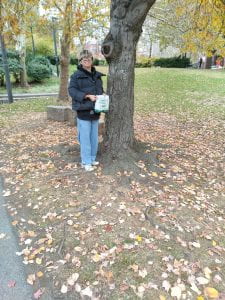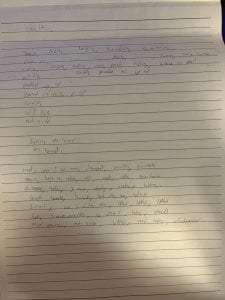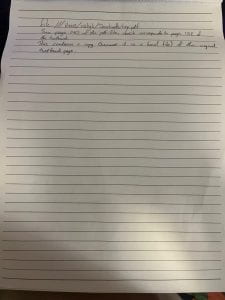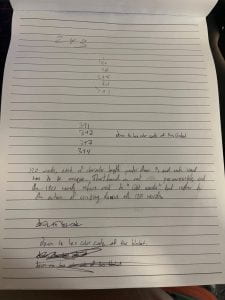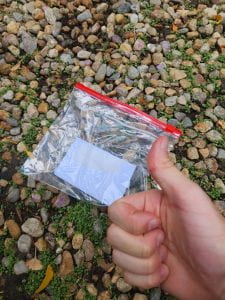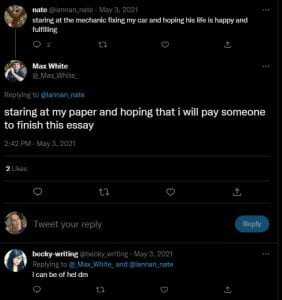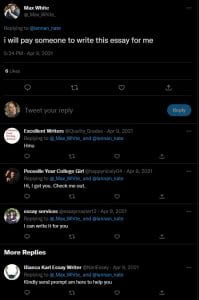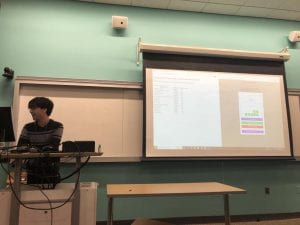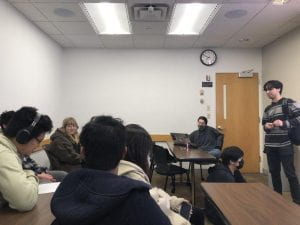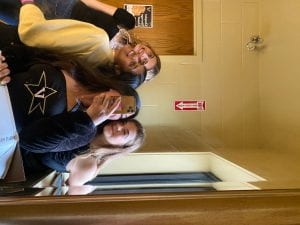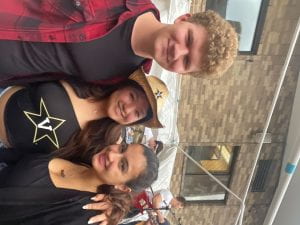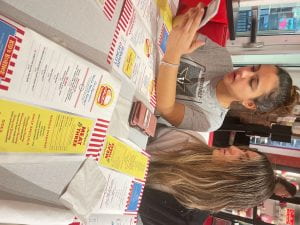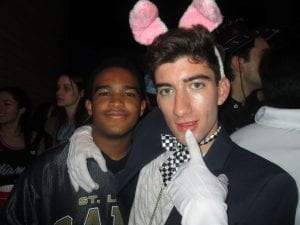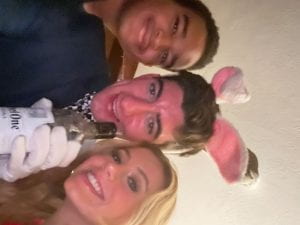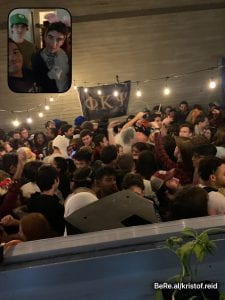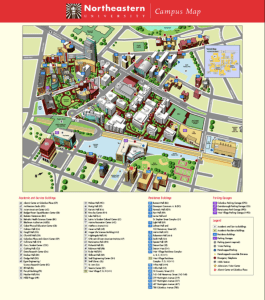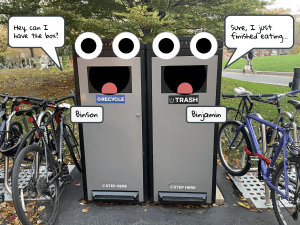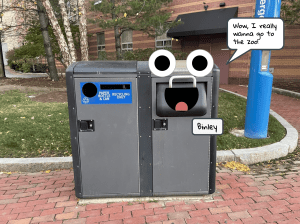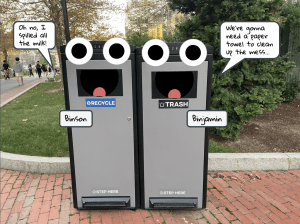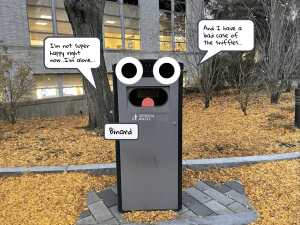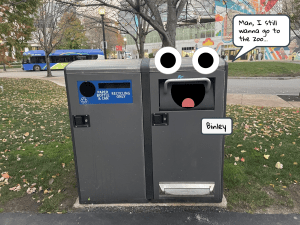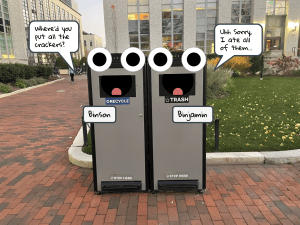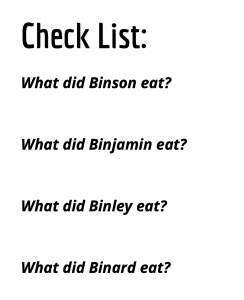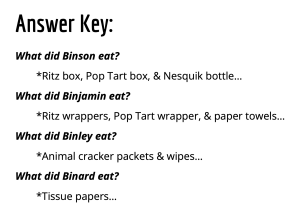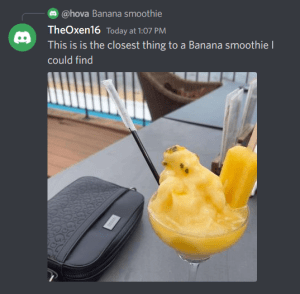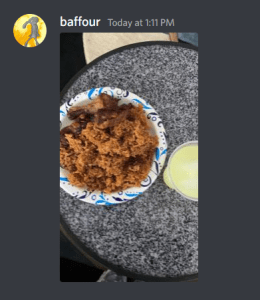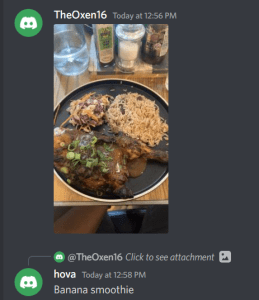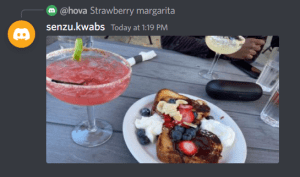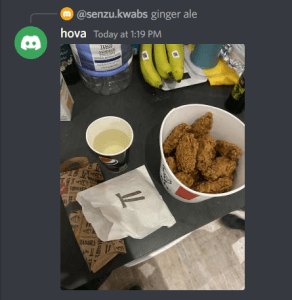This game is a treasure hunting game that tries to strengthen the importance of green spaces in cities, and intervene with urban planning, lack of green spaces, and the prioritization of commercial and residential developments over public parks and recreational areas. Every treasure location will be a green area in downtown Boston. The treasure will be plant’s seeds which can somehow motivate players to take more care of the urban environment and try to intervene with it by growing plants on their own in the city. This Game will be a long term game that will last either 3-7 days fully online via social media such as Discord channel or Group DMs. The GM (me) will post hints everyday on social media, including a screenshot on the general green area of where the treasure is, and 2-3 pictures shot from the POV of the location of treasure. The idea of fully virtual and no NPC is involved in person was inspired by the game Uncle Roy All Around You, but the ultimate goal of this game is about helping environment instead of helping random strangers.
The initial idea was inspired by Pac Manhattan where is conducted and intervening in downtown city. It was only a 1 day treasure hunt event and it will take multiple stops to reach the final treasure. However, I feel like making it a long term event will better strengthen the importance of green space since it encourages players to visit a green area to seek treasure and receive different plant’s seeds everyday. Moreover, instead of giving a set of instructions of where to go, giving a general area and some visual hints will be more fun to play from a player perspective, because this creates more affordances for players to move on their own rather than simply following instructions.
DAY1 Hints
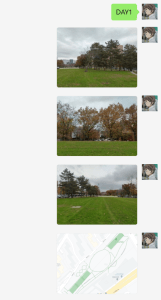
DAY2 Hints
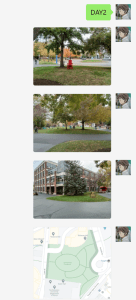
DAY3 Hints
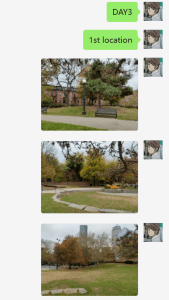
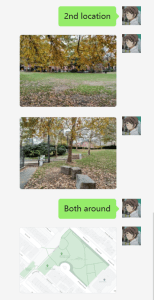
Unfortunately, I only had 1 playtester for one of the daily treasure hunts. This seeking part is definitely fun and not too difficult, but the reward may seem a little unsatisfying since it basically plants. Perhaps adding more rewarding treasures on to plant’s seeds will intrigue more players to join this game.
Where the treasures are:


Playtesting:
